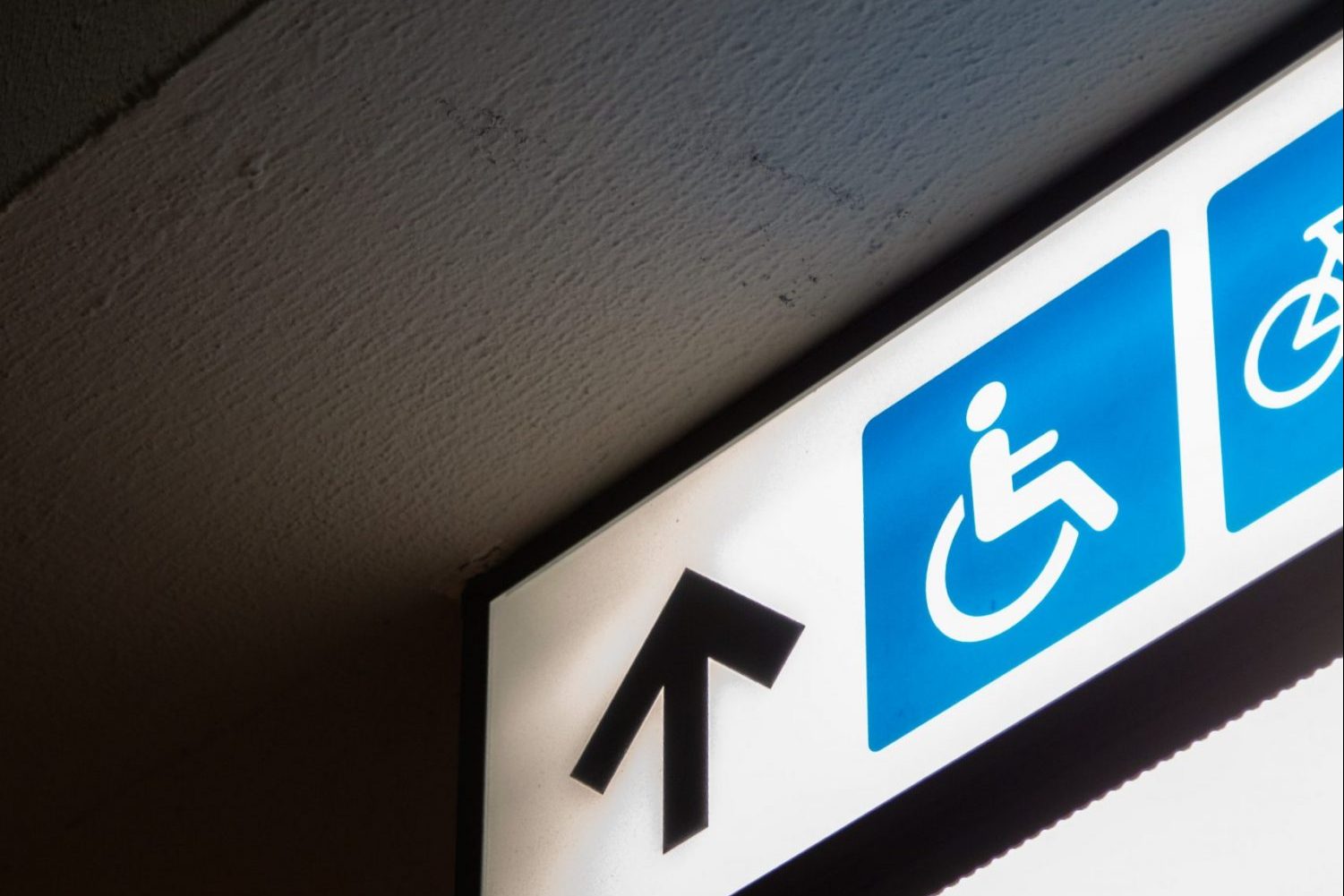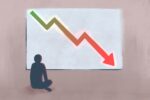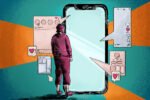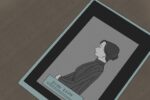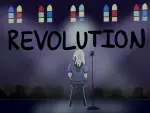Disabled college students have both benefitted and struggled because of the rise of virtual life in the time of COVID-19, depending on their access needs. Now, it is more important than ever to be a disability activist.
Disabled college students have the same desires as their non-disabled peers; they want to study, work, have fun and find friends. Their disabilities mean they have to fulfill those needs in different ways. COVID-19 brings unique risks to college students with disabilities, both because of medical bias and the fact that some disabilities could put them at greater risk for COVID-19 complications. As they work, socialize and study online to minimize their risk of catching COVID-19, some disabled college students are having an easier time than others with day-to-day life.
Conan Gillis ‘21, a math major at Cornell University, spends his free time doing disability advocacy, reading and hanging out with his fraternity brothers. Conan was born with a skeletal condition called Larsen’s Syndrome. The COVID-19 pandemic has come with health risks for Gillis, who has had respiratory issues in the past due to complications from Larsen’s Syndrome, asthma and other health concerns. However, his risks have come with a silver lining — virtual work opportunities.
In the past, Gillis has only been able to pursue research opportunities at Cornell University, where he has a bedroom outfitted with special medical equipment as well as working relationships with home health care nurses in the area.
“I have only ever slept long term in two bedrooms. Any room that I live in, has to have special medical equipment actually installed. Finding that is very, very hard. If I find it, there’s already somebody living there. So basically, it’s living space is one of the biggest things. The other is finding nurses because if I go somewhere, I have to hire nurses,” said Gillis.
This summer, Gillis worked online on knot theory research for Professor Andras Stipsiczin with other students from across the U.S. and abroad. This was possible for Gillis because the research program was online, allowing him to live at home in Rochester, New York, while doing research. Gillis is hopeful that even after the pandemic ends, some virtual work opportunities will remain, making internships and jobs more accessible for everyone.
“I believe there are benefits to in-person instruction and work, but I want to see some online options for education and work remain, not just for disabled people but also those who can’t afford to relocate,” said Gillis.
While digital life is more accessible than many in-person spaces for physically disabled people like Gillis, COVID-19 safety precautions have made day-to-day life more inaccessible than usual for blind, deaf and hard of hearing people. Online life is not accessible until strategies such as captions, sign language interpretation for virtual events and screen reader-friendly documents are implemented.
Captions allow deaf and hard of hearing people to follow along with audio by reading it, while sign language allows those who are fluent to watch, rather than listen, to what is being said. Because sign language is a unique language with its own grammar, sign language interpretation does not mean that captions are unnecessary. Screen readers process online text into audio, allowing blind and visually-impaired people to hear, rather than see, text online. These strategies can make online spaces accessible for more people.
Elisa Mezhirov, a double major in math and physics at Penn State University, wants to go to graduate school to study math. In her spare time, she hikes, reads, skis, participates in an LGBT+ group for STEM majors and builds and programs prosthetic fingers for kids as part of a group, Digi Digits. She communicates with other people during these activities and her day-to-day life by lip-reading, mitigating her consonant recognition loss.
“I don’t hear consonants as well as other people can, so speech often sounds slurred,” wrote Mezhirov in an email interview. “I usually lip-read since my hearing loss is not severe; however, if I am in a loud environment — a busy room, for example — it often helps if a friend gives me a couple ASL signs of keywords to make sure I understood everything.”
Mezhirov struggled with Zoom classes because many professors display their notes rather than their faces, making it impossible to lip-read. In grocery stores and in other public places, she relies on typing questions on her phone to make people aware she is deaf, because masks make it difficult to lip-read. In addition, socializing by phone call is nearly impossible for her unless she knows someone’s speech pattern already.
“It is difficult for me to find accessibility resources because not only is it unclear how to find an effective solution, but hearing loss is not known about well so unless you are completely deaf, people assume you don’t need any resources or help,” wrote Mezhirov.
For Mezhirov, life as a hard of hearing person during a pandemic can be quite lonely.
“I am a very social person and because any online interaction could pose a possible communication issue for lip reading, there is added pressure and difficulty of maintaining relationships I do strongly cherish,” Mezhirov wrote.
Solutions to make lip reading possible in the time of COVID-19 exist — for example, clear masks have been developed, although they are not yet widely used. Mezhirov is particularly concerned with being able to understand her professors during classes but sees an easy solution for this in the context of online classes.
“An easy solution for professors, for example, could be to not only share the notes section for class but also their face while they conduct the online class,” Mezhirov wrote.
In order to not just return to normal after COVID-19 is over, but to make a better future, the access needs of disabled people should be centered. We need to plan systems, spaces, technologies and communities not just for the average person, but for every person.


